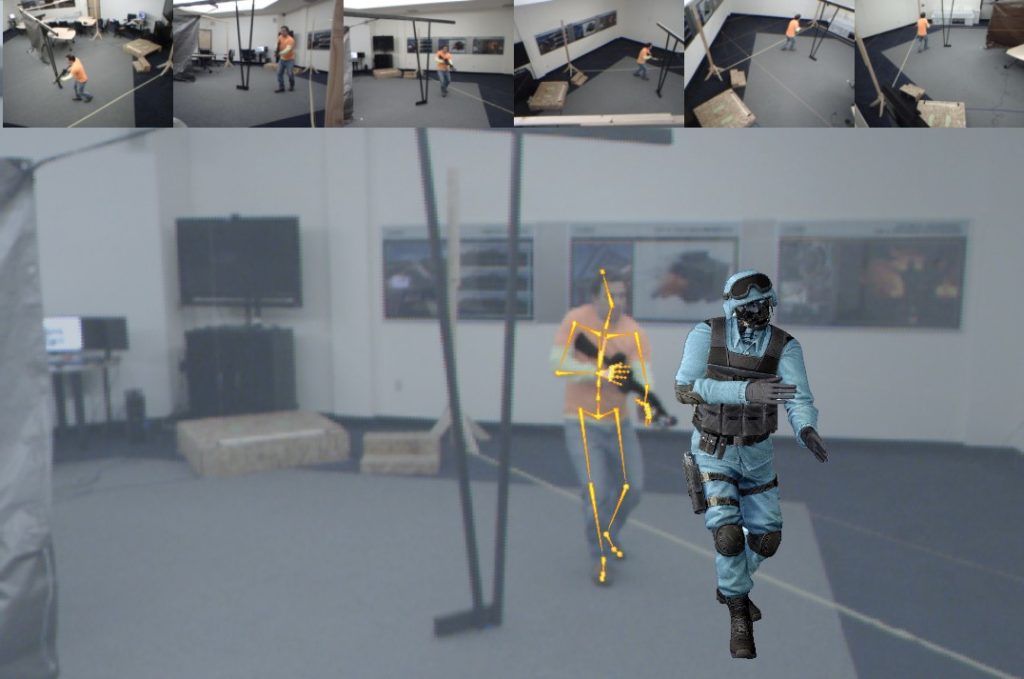
Knott Laboratory provides forensic engineering and animation, Civil & Structural, and Fire & Explosion Investigation services to reconstruct accidents.
What is the Process of 2D and 3D rendering?
We use the latest 3D modeling and animation software. Sometimes, we will use 20 different software applications on one project.
Published June 15, 2018
By Richard M. Ziernicki, Ph.D., P.E., DFE
In our multi-media room, we have six cameras mounted on the wall and ceiling. Those cameras are used for Motion Capture (MoCap), which is a specific process to track and analyze the motion and movement of humans which is then transferred into an animation.
We use real people, they move, they walk, they run, they fall, and the camera is tracking them. We can find out how the joints of the human body move and then we can transfer that motion into virtual space. We apply it to a virtual character that matches the size and description of the person involved in the accident. For example, the virtual character can be dressed in any uniform, military, work uniform or police officer uniform, so we can demonstrate that very realistically in animations.

Everything we do on an animation level is in three dimensions or 3D. We use the latest 3D modeling and animation software. Sometimes, we will use 20 different software applications on one project. We always have the newest version of software so that we have the best features available to create the best animations possible. Beyond that, we also write our own programs or scripts that work together with the animation software to perform specialized tasks and analysis customized for the specific needs of the project.

